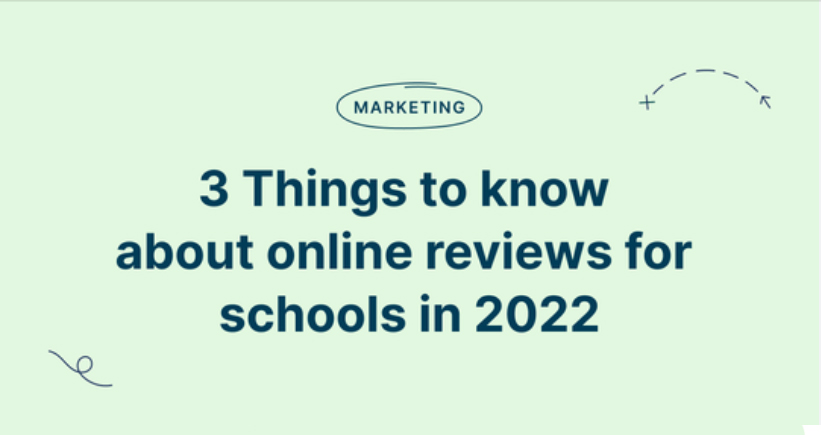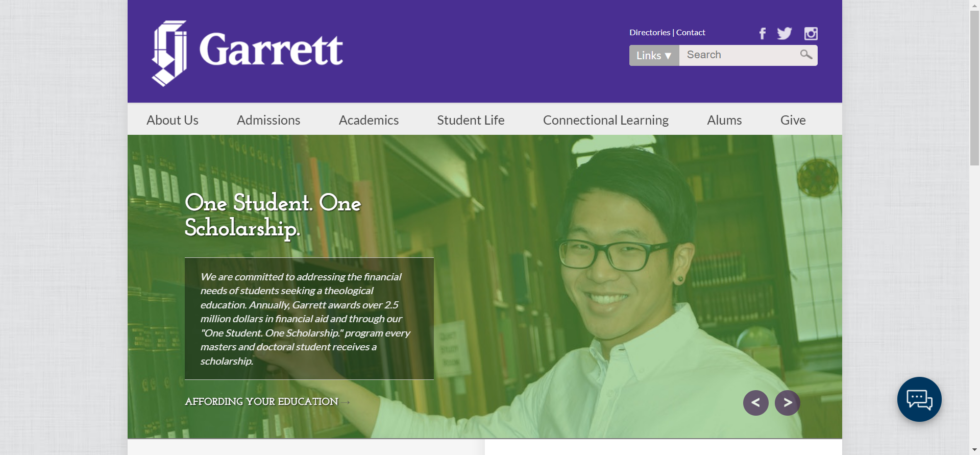What do education marketers and capital campaigns have in common? Find out what education marketers should be doing during these all-important campaigns.
Few efforts get as much attention and institutional resources as capital campaigns.
They require massive sustained effort over a long period of time.
It’s not uncommon for these macro-campaigns to last anywhere from two to five years as institutions stretch themselves to raise large amounts of money for major campus renovations, new construction, financial aid, or endowment enhancement.
To sustain this kind of long-term effort, institutions need buy-in from all departments, especially from the trustee board and executive teams.
While you might not think of marketing first when considering your upcoming capital campaign, education marketers and capital campaigns go hand in hand – preferably from the very beginning.
Marketing should be among the first teams to buy into the project.
Here’s a list of 5 irreplaceable things that connect education marketers and capital campaigns.
1. Writing Case Statements for Capital Campaigns
Education marketers should be involved in writing the case statement for the capital campaign.
Not only will you use this document for the capital campaign, you’ll be using it to help guide the rest of your marketing messaging.
Hopefully, you and the fine folks in your advancement department have already crafted this seminal document, but more often than not, the capital campaign is when most institutions begin drafting their case statements.
By their nature, capital campaigns demand laser-focused clarity on why donors should give large sums of money to the cause. That means that if you don’t have your case statement written before launching your capital campaign, you’ll have to get on top of this task right away.
Even if you have hired a campaign consultant to craft the case statement, it may need to be revised with an eye toward marketing. Read more here on case statements and why education marketers should help write them.
2. Bringing Crucial Metrics to the Table
If you’ve deployed your digital marketing campaigns correctly, your marketing department should have a considerable amount of data about your prospective donors already.
Marketing metrics such as…
- SEO Traffic
- Google Analytics Landing Page Performance
- List Performance
- Social Traffic and Conversion
- Social Visits and Leads
- Web Traffic Targets (This Month)
- Traffic by Device
…all come in handy when trying to decide how best to reach out to prospective donors.
Board members and gift officers who’ll be working in the capital campaign will need information like these metrics to make critical decisions like…
- How high should you set the campaign funding goal?
- When to launch the capital campaign; now or when there’s more traffic in our marketing channels?
- Is this capital campaign viable for your institution?
- Which marketing channels will work best to reach the campaign’s goals?
I’m not exaggerating here. The metrics you bring to the planning meetings can mean the difference between success and failure.
But bringing metrics data isn’t the only reason education marketers and capital campaigns go together.
3. Helping Research and Identify Prospects
Identifying major gift prospects is one of the first things development officers have to do in the preliminary stages of the capital campaign.
They then have to separate these donors into segments.
Some donors will be cultivated using a high-touch strategy of personal visits, tours, and phone calls.
Others will fall into higher volume nurturing categories that will rely on fundraising channels like email, mail, and events.
Your education marketing personas can be a big help in the research and identification process.
Marketing and fundraising are separate but related disciplines. Consequently, many people who fit in your personas will be good candidates as prospective donors during the capital campaign.
So when you go to the capital campaign meetings, share what you’ve learned about these important personas – what works, what doesn’t, and how your capital campaign can be centered on the needs and desires of the donor.
4. Nurturing Relationships
Fundraisers often think of how they’re going to cultivate gifts by nurturing their relationships with potential donors.
This isn’t far from how education marketers think of moving prospective students through the enrollment funnel (or cycle, depending on how you see it).
During the capital campaign, it will be vitally important to nurture donor relationships via email, direct mail, text, and other marketing channels.
Who’s going to coordinate these marketing/fundraising efforts?
In most private schools, it’s marketing. That’s you!
Of course, development should work directly with your team to craft the messaging of these nurturing campaigns.
However, your marketing team probably houses all the talent, technology, and access to the marketing channels necessary to reach the potential donors of the capital campaigns.
So even though capital campaigns don’t fit in the traditional education marketing box, make sure you give the capital campaign your marketing attention and resources.
They need you.
(And, if you come through for the capital campaign committee, good things should come down the line for your future budget proposals. *Ahem*)
5. Recognizing Donor Contributions
Capital campaigns are unique in that they often feature acknowledgments and news.
Can you think of any other campaign where you announce how the marketing campaign is going with your audience?
But hearing that the capital campaign has hit a certain milestone in pledges can motivate donors who are on the fence to give.
Also, many (not all) major donors appreciate public acknowledgment of their generosity.
And when they feel appreciated, they are more prone to give future gifts and at higher amounts.
To illustrate the power of acknowledging donors, let me share the experience of a gift officer I spoke with recently.
Once, a man called their school in response to a routine appeal letter. This man had been receiving the same monthly appeal for over five years, yet had never given anything up to that point.
Something in their letter touched him, though, and he wanted to give… a lot. A one time gift of over $5,000.
The gift officer sent thank you letters, and published an article about the generosity of a certain anonymous donor in their school magazine.
He also called the donor personally to describe what had happened with the gift, and how it had impacted the lives of their international students. He read to the donor short letters from the international students thanking him for the gift.
The donor broke down in tears right there on the phone.
This was the beginning of a beautiful donor relationship. This man gave close to $100,000 over the next three years.
Capital campaign announcements and acknowledgements are crucial to the success of your campaign.
As an education marketer, you play a crucial role in writing, designing, and publishing campaign news and donor acknowledgments.
Capital Campaign Websites
One of the most effective ways you can nurture relationships with donors and acknowledge gifts during a capital campaign is to build a capital campaign website.
This can be a section in your existing website, or it can be an entirely separate website (microsite).
But it has to be singly focused on the capital campaign… and nothing else.
For example, take a look at this capital campaign website we wrote, designed, and developed for Portsmouth Abbey, an amazing independent school in Rhode Island.


With the help of this website, Portsmouth Abbey was able to raise $20 million for the construction of their new 34,000-square-foot Science Building, which opened on Saturday, September 21, 2019.
Major donor acknowledgements and other news like hitting this historic fundraising goal was announced in the News section of the website.
So while it might seem that they are miles apart, education marketers and capital campaigns really do go together.
Featured image by Monkey Business via Adobe Stock
Click here to read this article on the Caylor Solutions website.





